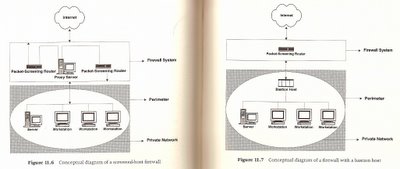



Electronic Business and I.T
Backbone
Router (digital switches)
Point of presence
Computer servers
User’s connected computers
Reference: Afuah, A. and Tucci, C. L. 2003, Internet Business Models and Strategies, second edition, McGraw-Hill, New York. P13
Many systems have already existed in a business. When we begin to apply an idea in a business, we should consider these existed systems. What we do in system design is modifying some of the systems, or creating a new system. The whole system has been adjusted to contain a new function, and insure this function work properly.
A process to system design
Four I’s concept
Value Proposition:
One product has different value in customer’s view of point, because needs from customer is different. The price represents value in the form of money
Notes: Price = Value = Need
Mental Model
Every people has his/her own knowledge. When people come across new product or design, he/she learns how to use this product or understand a concept based on former knowledge. This knowledge is called metal model.
System
It includes input, process and output. In system, we value system thinking and concentrate on system design. Every business is a system, EDCF is the blueprint to construct a business system.
There are four components within EDCF (Enterprise design conceptual framework):